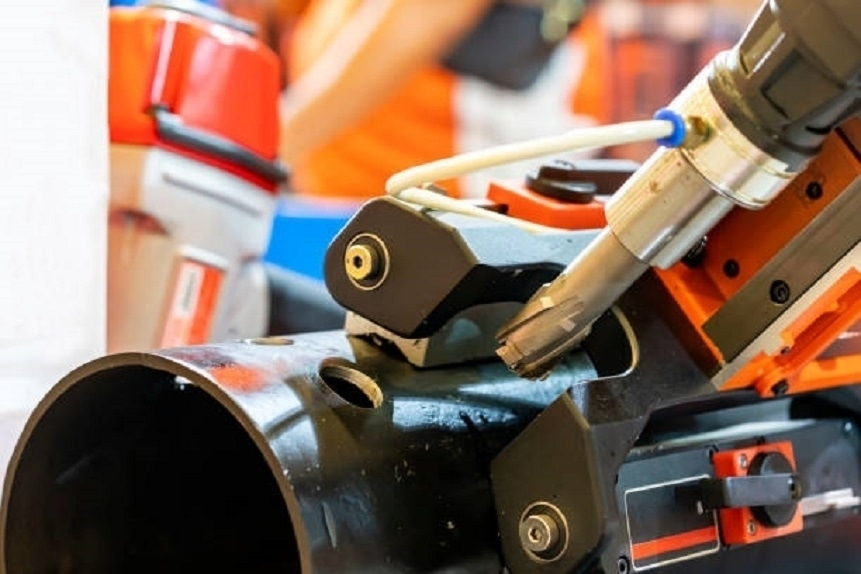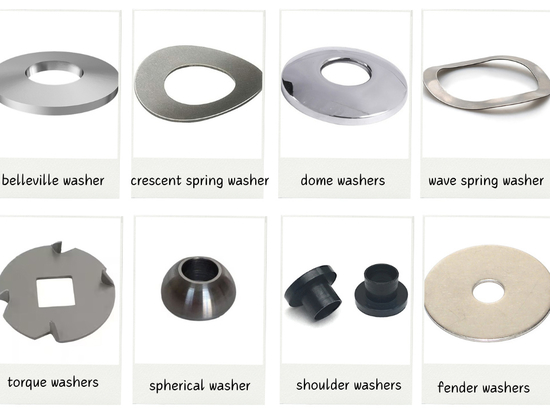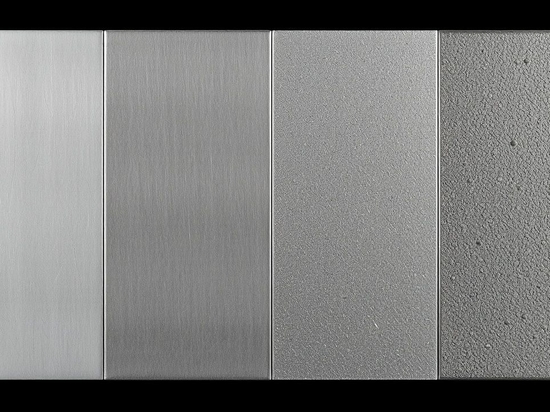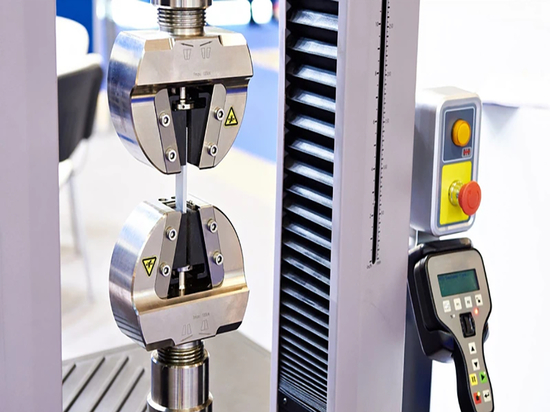
#Industry News
Understanding Reaming
The Key to Precision and Quality in Machining
Reaming is a crucial machining process used to enlarge and finish pre-drilled holes to precise dimensions. This process ensures accurate hole diameters, improves surface finish, and maintains concentricity, which are essential in high-precision manufacturing.
Reaming offers several advantages:
1.Precision: Reaming achieves tight tolerances, making it ideal for applications where exact hole size is critical.
2.Surface Finish: It improves the surface quality of the hole, reducing the need for additional finishing operations.
3.Concentricity: Reaming helps maintain hole alignment, crucial for precise component assembly.
Reaming Allowance
Reaming allowance, the material left in the hole after drilling, is vital for successful reaming.
1.Rough Reaming Allowance: Typically set between 0.35 mm and 0.15 mm, providing enough material for effective reaming without overloading the tool.
2.Finish Reaming Allowance: Ranges from 0.15 mm to 0.05 mm, allowing for precise material removal to achieve the desired final dimensions and surface finish.
If the allowance is too large, it can cause excessive tool wear and poor surface quality. If too small, it may not remove enough material to eliminate tool marks from the previous operation.
Proper cutting speed and feed rate are crucial for maintaining reamer performance and hole quality:
Cutting Speed: For high-speed steel (HSS) reamers used on steel and cast iron, a cutting speed of less than 8 meters per minute is recommended. This helps prevent tool wear and maintain sharp cutting edges.
Feed Rate: The feed rate should be adjusted according to the hole diameter, typically between 0.3 mm/rev and 1 mm/rev for HSS reamers machining steel and cast iron.
Best Practices for Effective Reaming
1.Tool Selection: Choose the right reamer type and material for the specific application. While HSS reamers are common, carbide reamers are better for harder materials or higher production volumes.
2.Tool Maintenance: Regularly inspect and sharpen reamers to maintain cutting efficiency and prolong tool life.
3.Coolant Use: Proper application of coolant reduces friction and heat, enhancing tool life and surface finish.
4.Hole Preparation: Ensure the hole is correctly prepared before reaming, free from chips and debris that could interfere with the process.
Conclusion
Reaming is an essential process in precision machining, offering the ability to produce holes with exact dimensions, smooth surfaces, and precise alignment. By understanding reaming allowance, optimizing cutting speeds and feed rates, and following best practices, manufacturers can achieve high-quality results that meet the demanding requirements of modern industries.




